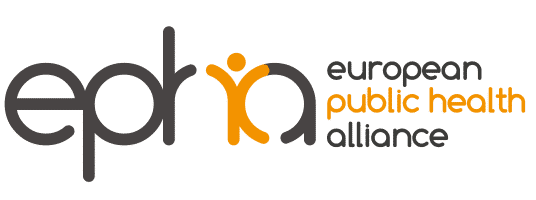Fifteen top contestants demonstrated on 13 June 2007 in Vienna what a combination of simple technologies and community organisation can do to protect the environment for the sake of children’s health.
The awards
The prizes were presented during the first morning of the inter-governmental meeting in Vienna to assess progress in Children’s Environment and Health Plans for Europe, known as CEHAPE.
The five categories for the awards were based on CEHAPE’s four regional priority goals plus a fifth category of “youth participation”.
The awards contest was financially supported by the Austrian Federal
Ministry of Agriculture, Forestry, Environment and Water Management
and organized by HEAL, WECF and ISDE Austria. The awards were examined by a jury composed of health and environment organisations, including EPHA.
Award winners have helped provide many ideas for implementing
solutions to children’s environmental health. Several groups took
advantage of a simple “ecosan” technology that can be used in areas without a central water supply or municipal sewerage facilities.
“This is exciting because new, clean, ecological toilets are constructed to help promote health while improving sanitation and avoiding contamination of surrounding soil, groundwater and water supplies,” says Sascha Gabizon, International Director of WECF, partner to three of the project winners.
The top 15 contestants included a group of school children that have
produced a video on waste in the Danube River. The video shows how
they tested river water and soil samples, discussed them with the
local medical and community leaders and suggested what other clean-up action was needed.
Another project featured an association in Georgia that is “biomonitoring” blood for its lead content. The local authorities are currently stalling on the introduction of lead-free petrol.
The winners
– Category 1: Water and Sanitation. Women for a clean future, Romania took action to make drinking water safe.
– Category 2: Protection from injuries. Climate Alliance Austria managed mobility to promote children’s safety and health.
– Category 3: Improving air quality. Paediatric Environmental Health Specialty Unit, Spain encouraged doctors to help stop smoking before young people started.
– Category 4: Protection from hazardous chemicals. West-Transdanubian Regional Institute of National Public Health, Hungary helps promote “sun-safety” to prevent skin cancer.
– Category 5: Youth participation. The municipality of Aalesund, Norway.
